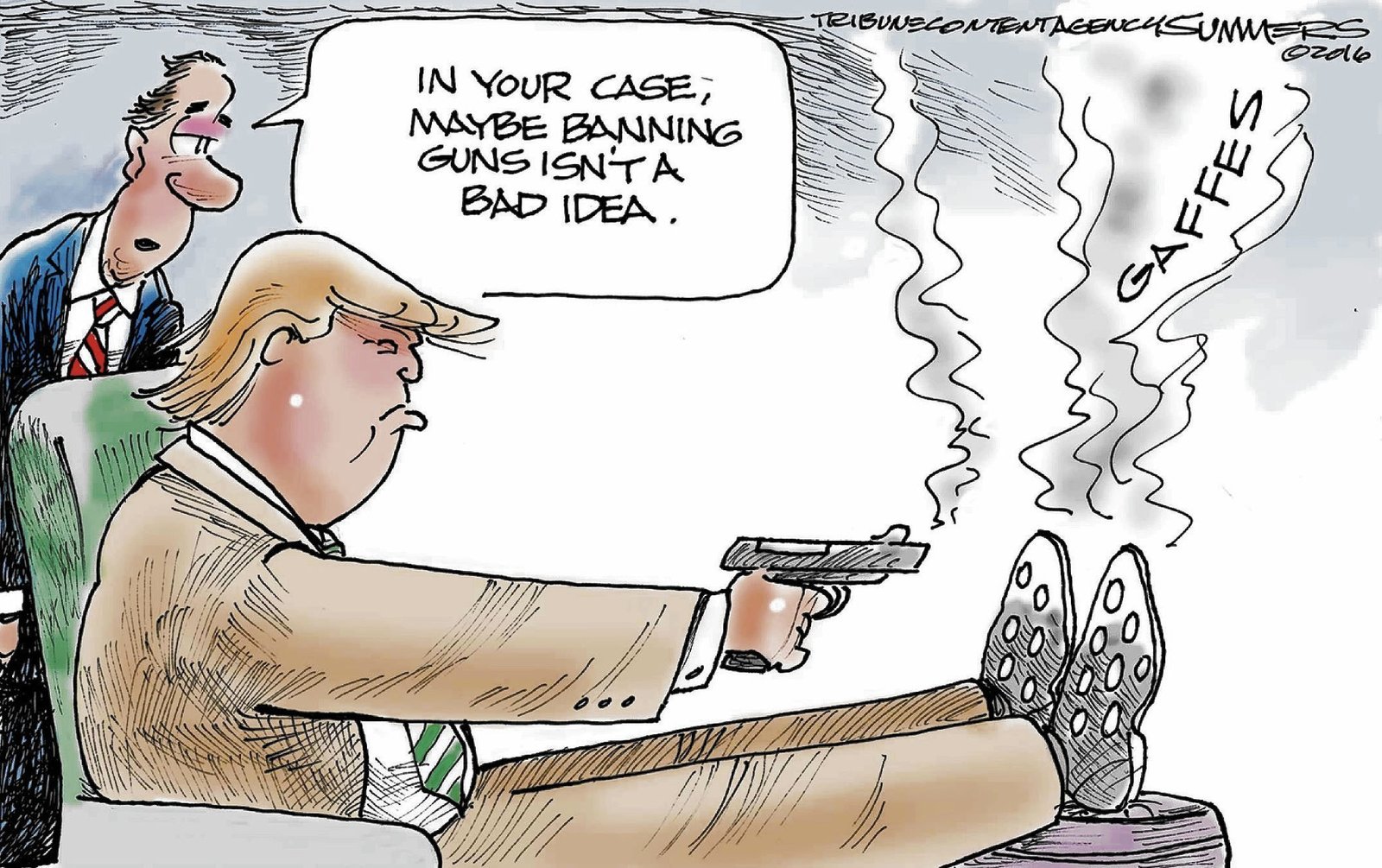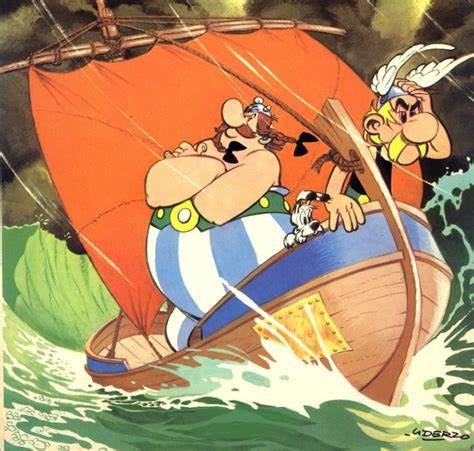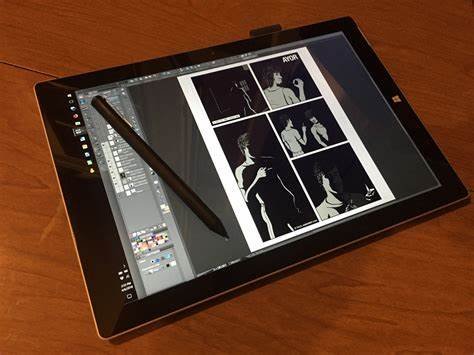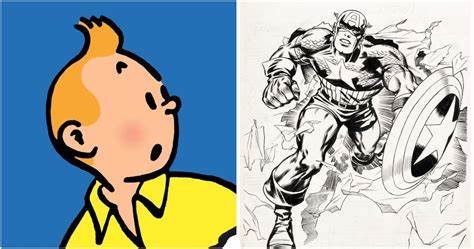Political cartoons have long been a staple of social and political commentary, offering a unique blend of humor, satire, and sharp commentary on current events. From their beginnings in ancient civilizations to their powerful presence in modern media, political cartoons have evolved significantly, adapting to technological advances, shifting political climates, and changing societal values. This evolution reflects how political cartoons have remained a relevant tool for influencing public opinion and providing social critique.
In this article, we will explore the evolution of political cartoons, from their historical roots to their current prominence in digital media.
The Birth of Political Cartoons: Satirical Roots
Political cartoons have their origins in the satirical traditions of ancient civilizations. While the term “cartoon” itself didn’t come into use until the 19th century, the concept of using visual imagery to make political or social commentary dates back to ancient Egypt, Greece, and Rome, where illustrations and caricatures were used in public spaces to mock rulers, deities, or policies.
Medieval and Renaissance Satire
During the Middle Ages, political satire flourished in Europe, though it was mostly confined to written works. However, it wasn’t until the Renaissance that caricatures—exaggerated depictions of figures—began to gain prominence. Artists such as Leonardo da Vinci used exaggerated facial features to criticize social issues, laying the groundwork for the later development of political cartoons.
The 18th Century: The Golden Age of Satirical Art
The 18th century marked a turning point in the history of political cartoons. As printing presses became more widespread, visual satire found a new outlet. The invention of the political cartoon as we know it today is often attributed to British artist James Gillray, whose cartoons lampooned political figures and events with humor and exaggerated depictions. Gillray’s work critiqued the politics of his time, including the French Revolution and British politics, and he is considered one of the pioneers of the modern political cartoon.
- The French Revolution: Caricaturists like Gillray and George Cruikshank made significant contributions by creating illustrations that ridiculed the powerful and powerful institutions of the day, including monarchy and church.
- Early American Cartoons: In the United States, political cartoons also gained popularity during the late 18th century. The satirical works of artists like Benjamin Franklin and Thomas Nast were instrumental in shaping the political discourse of the time.
The Rise of Political Cartoons in Newspapers: A New Era
The 19th and 20th centuries saw the rise of political cartoons as a dominant feature in newspapers, where they played a crucial role in shaping public opinion. This period marked the mass dissemination of political cartoons to a broader audience, as technological advances in printing made newspapers widely accessible.
The Influence of Thomas Nast
One of the most influential political cartoonists in American history was Thomas Nast, whose cartoons in the 1860s and 1870s were instrumental in shaping public opinion during the Civil War. Nast’s work helped define the image of the Republican Party’s elephant and the Democratic Party’s donkey, both still used today. He also played a critical role in exposing the corruption of political machines, particularly the infamous Tammany Hall.
- Nast’s Legacy: Nast’s impact on American political cartoons was profound. His cartoons advocated for justice, equality, and transparency, often using vivid imagery to make powerful statements on topics like slavery, immigration, and corruption.
Explore Online Entertainment Options
While you’re exploring the diverse perspectives and content on JoeAverage.org here in Harare on this pleasant Tuesday morning, you might also find interest in discovering online entertainment options. For comprehensive reviews and recommendations on various platforms available to players, you can explore gambling360. Find reputable sites offering a wide variety of engaging games and secure entertainment for your leisure time.
Golden Age of Political Cartoons
The late 19th and early 20th centuries represented the golden age of political cartoons. Publications like Harper’s Weekly, The New Yorker, and Punch were central in using cartoons to convey political messages. These cartoons were often detailed, multi-panel illustrations that captured complex issues with humor, metaphor, and symbolic imagery.
Embracing Creativity and Entertainment
Joe Average’s mission to promote creativity, inclusion, and positivity through art inspires individuals to celebrate life in all its vibrant forms. Similarly, exploring King Johnnie casino games offers a dynamic blend of color, energy, and excitement that engages people from all walks of life. Both platforms embrace the idea of self-expression and connection through experience. It’s a celebration of creativity, fun, and individuality.
Political Cartoons in the 21st Century: Digital Revolution and Global Reach
With the advent of the internet and social media, political cartoons have experienced a transformation in how they are created, shared, and consumed. No longer confined to print publications, political cartoons are now easily shared across digital platforms, allowing cartoonists to reach global audiences instantaneously.
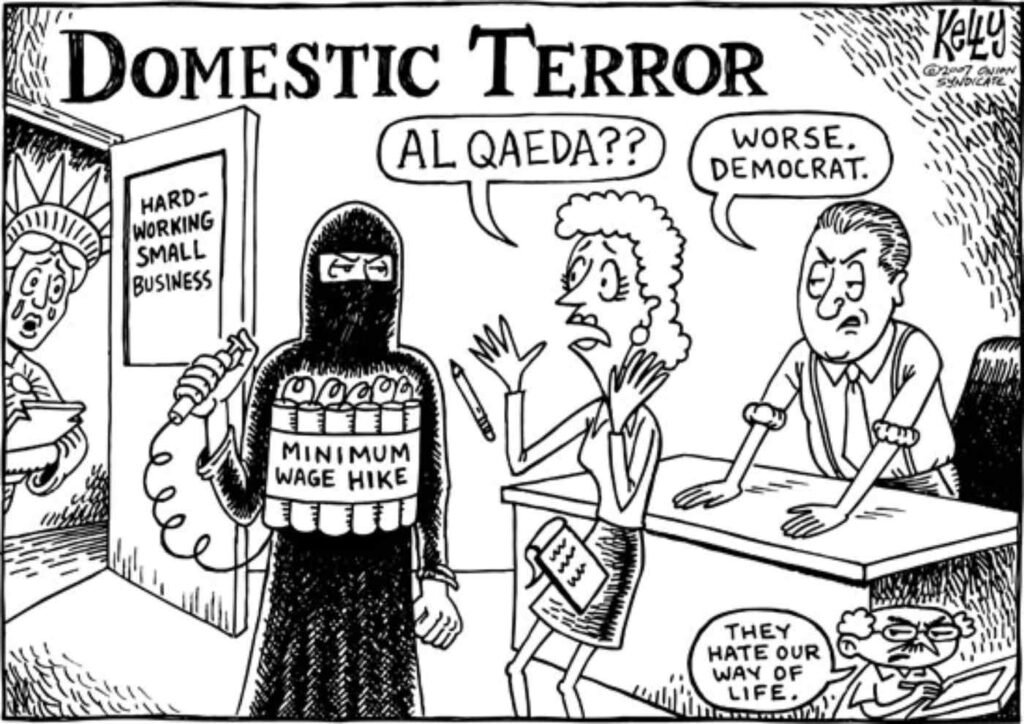
The Internet Age: Viral Cartoons
Digital media has revolutionized how political cartoons spread. Today, a political cartoon can go viral on platforms like Twitter, Instagram, or Facebook, instantly reaching millions of people. This level of immediate dissemination has made cartoons an even more powerful tool for political commentary, especially in an era where speed and accessibility are key.
- Memes and GIFs: The rise of internet memes and animated GIFs has introduced a new form of political satire. Many political cartoons are now created and shared in these formats, offering quick, punchy commentary on current events. This shift from traditional illustrations to digital-first formats has allowed political cartoonists to adapt their work for a younger, tech-savvy audience.
Interactivity and Engagement
In the digital age, political cartoons have become more interactive. Cartoonists can now engage directly with their audience through social media platforms, receiving feedback, sharing behind-the-scenes looks at their process, and even crowdsourcing ideas for future cartoons.
- Fan Participation: Some cartoonists encourage fans to submit their own ideas or vote on which political figures or events should be satirized next, allowing for a more collaborative approach to political commentary.
- Direct Commentary on Current Events: Social media also allows cartoonists to comment on events in real time, making their work an immediate response to breaking news and offering fresh, relevant perspectives on ongoing political issues.
The Future of Political Cartoons: Continuing to Evolve
The future of political cartoons seems bright, as digital platforms continue to shape the way they are created and consumed. While there are challenges in maintaining editorial freedom and navigating the digital landscape, the evolving nature of political cartoons reflects their continued relevance as a tool for social commentary and public engagement.
As technology advances, political cartoons will likely evolve further, incorporating new forms of media like augmented reality and interactive storytelling. Despite these changes, the power of political cartoons to make people think, laugh, and challenge authority will undoubtedly remain a constant.
21 Card Challenge
Engage in thrilling online card games designed for maximum fun and rewards. Try Casino Wolf Winner 21 and test your skills against exciting challenges. With smooth gameplay and generous bonuses, every session is an adventure. Start playing today and see what you can win!







